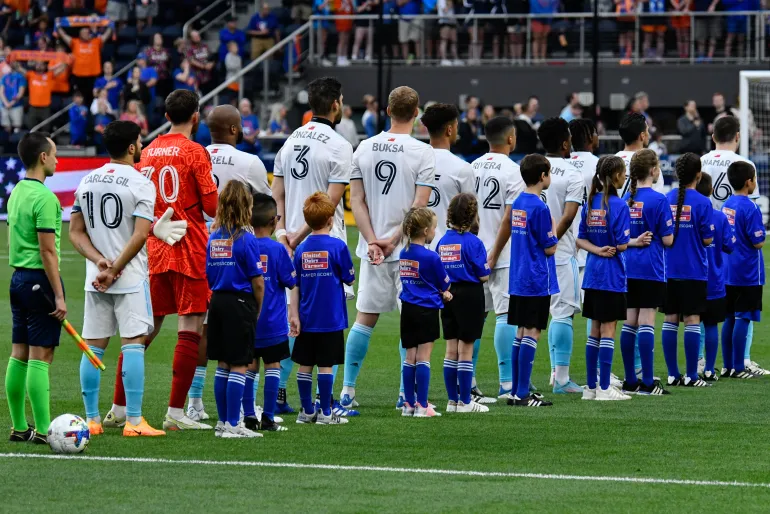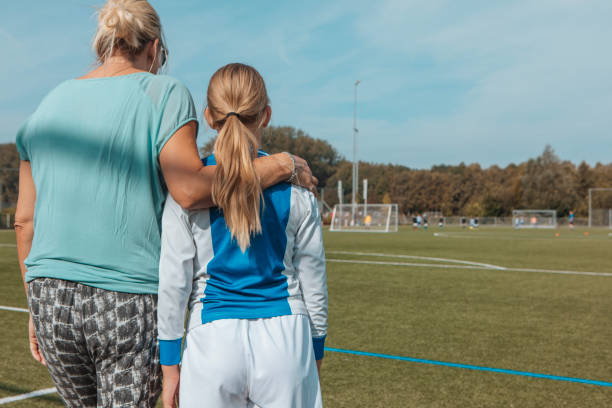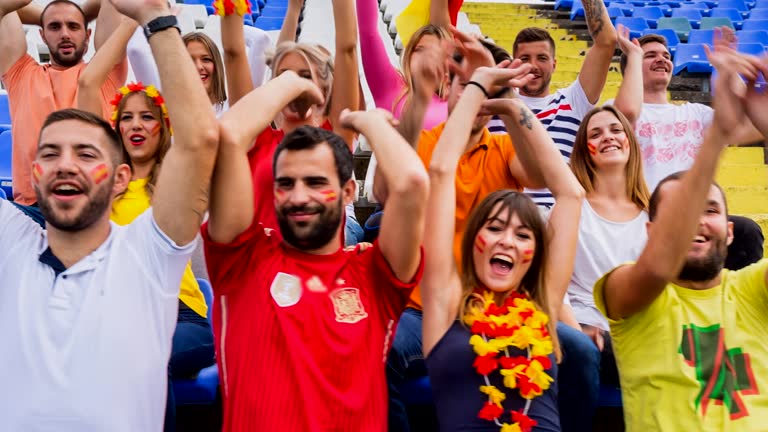If you ever watched a soccer match on television, you probably noticed an adorable tradition in which players, walking onto the pitch hand in hand, come out with young children.
In other words, these kids, now called mascots, join the professional athletes right before the game starts.
Have you ever thought why this custom exists? What for, and how do children get chosen to enjoy this opportunity?
Let’s go deep into the origins, motivations, and impact of child mascots in soccer.
A Brief History of Child Mascots in Soccer
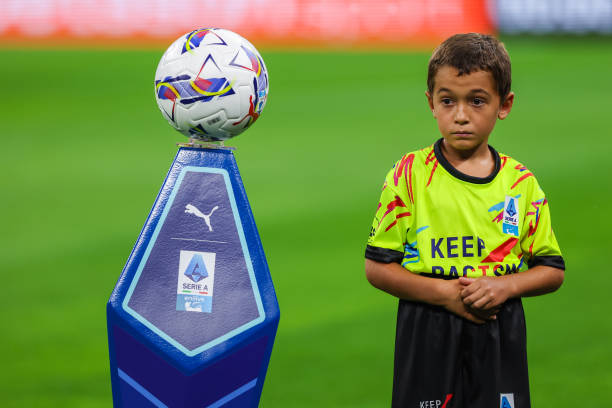
While it often seems as though child mascots have always been a part of the game, the tradition is actually relatively new.
The first recorded instance of children walking out with players was during the 1999 FA Cup Final, when two boys accompanied players from Manchester United and Newcastle United.
The trend really took off during the 2000 European Championships, where a full squadron of children walked out alongside players, one for each team member.
A turning point arrived in 2001 with the partnership that FIFA announced with UNICEF for the “Say Yes for Children” campaign, which looked to promote children’s rights and welfare around the world.
As part of this campaign, the children were allowed to lead players onto the field during the 2002 FIFA World Cup in South Korea and Japan, wearing FIFA/UNICEF “Say Yes” t-shirts.
The partnership only sealed the place of child mascots in soccer, with their presence at major tournaments and club matches literally becoming a regular feature the world over.
CHECK OUT | 7 Best Ways to Keep Your Soccer Kids Healthy
Reasons Behind Kids Walking Out With Soccer Players
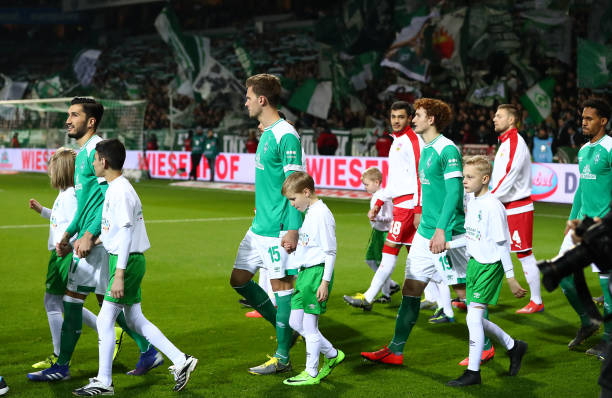
Apparently, the simple act of allowing child mascots to walk beside players is much more than it seems. Actually, there were several reasons this tradition has taken hold and kept growing.
- Public Relations and Branding
Amongst the most essential motives as to why soccer teams have used child mascots in the past is because of the positive imagery involved.
Walking out with children, players and teams look more relatable, caring, and responsible socially. This builds the concept that soccer clubs are indeed role models committed to developing family-oriented values.
Aligning themselves with kids would boost a team’s image before the general public while sustaining good relations with fans in their younger years.
- Community Engagement
Most teams also have younger mascots that are a type of outreach into the community. Schools, academies for younger soccer players, and charitable groups are usually invited in.
It binds the clubs and supporters together, assuring loyalty in young fans that can last a lifetime.
- Charitable Initiatives
Soccer clubs often work with charities that help children with disabilities, terminal illnesses, or from underprivileged backgrounds. By giving these children an experience of a lifetime, the clubs bring joy to the kids and raise awareness for a cause.
A notable example is Sunderland’s connection to Bradley Lowery, a young fan who fought neuroblastoma.
His appearances as a mascot brought international attention to childhood cancer and showed soccer as a force for good.
- Financial Gains
While many clubs offer mascot opportunities absolutely free of cost, others require parents to make a certain payment for this privilege.
This has especially been seen in the EPL, which charges parents anything from £86 to £1,200 for a child to walk out with the players.
Though controversial it may be, the funds from it usually find applications in youth development programs, community projects, or club initiatives.
- Security Measures
Another theory exists: children on the pitch keep unruly fans in line. A couple of young mascots just might prevent the hostile, maybe object-throwing action of high-stakes matches.
Of course, no evidence is given for this theory, but it is one of those always-popular ideas tossed about.
CHECK OUT | What Skills Should a Girls U14 Soccer Player Have?
How Do Kids Get Picked to Walk Out with Soccer Players?
Well, how do the kids get this opportunity to walk out with their favorite soccer players? There are several ways in which young fans get selected for this honored task, including the following:
- Loyalty Programs
Many soccer clubs have loyalty programs for dedicated fans. Season ticket holders or long-time supporters may be rewarded with mascot opportunities for their children.
Clubs recognize that these loyal fans are the backbone of their support base and often give their families special privileges.
- Youth Soccer Programs
Clubs with youth academies or grassroots soccer initiatives occasionally choose their own youngsters to become mascots. This is at once a motivational tool and one way of getting aspiring young talents into the environment of a professional club.
Legendary academies like Barcelona’s La Masia or Manchester United’s youth setup very often allow these experiences to the youngsters.
- Charitable Organizations and Special Cases
As mentioned earlier, numerous child mascots are selected through collaboration with charities.
Charities such as the Make-A-Wish Foundation work with clubs to grant soccer-related wishes to seriously ill children.
Of course, in these cases, clubs pull all the stops out and offer added perks such as stadium tours, meeting the players, and signed memorabilia.
- Paid Opportunities
Sometimes, parents purchase the right for their child to become a mascot.
Where this is less altruistic, it supports such efforts as clubs and community programs with added funds.
Some clubs offer various levels of mascot experiences whereby more exclusive packages include VIP access into stadia, personalized merchandise, and photos with players.
CHECK OUT | 10 Reasons Why Soccer is Ideal for Children with Autism
The Global Reach of Child Mascots
The child mascot tradition is no longer confined to elite European leagues. It has spread throughout the world from MLS in the United States to various domestic leagues across Asia, South America, and Africa.
Global corporations have also jumped into mascot programs. McDonald’s has sponsored child mascots during several World Cups, sending 1,408 children to Brazil for the 2014 event.
The Emotional Effect on Players and Fans
There are deeper levels of emotional connections, though – ones the child mascots elicit on both the players and fans – way more vital than PR or even cash.
For players, at least, marching out with a child could simply put them in mind of their humble state as idols and inspiration to younger, impressionable minds.
It merely reminds one that soccer is all about competition; instead, it deals with commiseration, kindness, and the sharing of dreams.
The image of kids on the pitch automatically makes the game more accessible for fans, particularly young ones, who may get inspired that perhaps one day, they could also be out there on the field, either as mascots or even as pros.

